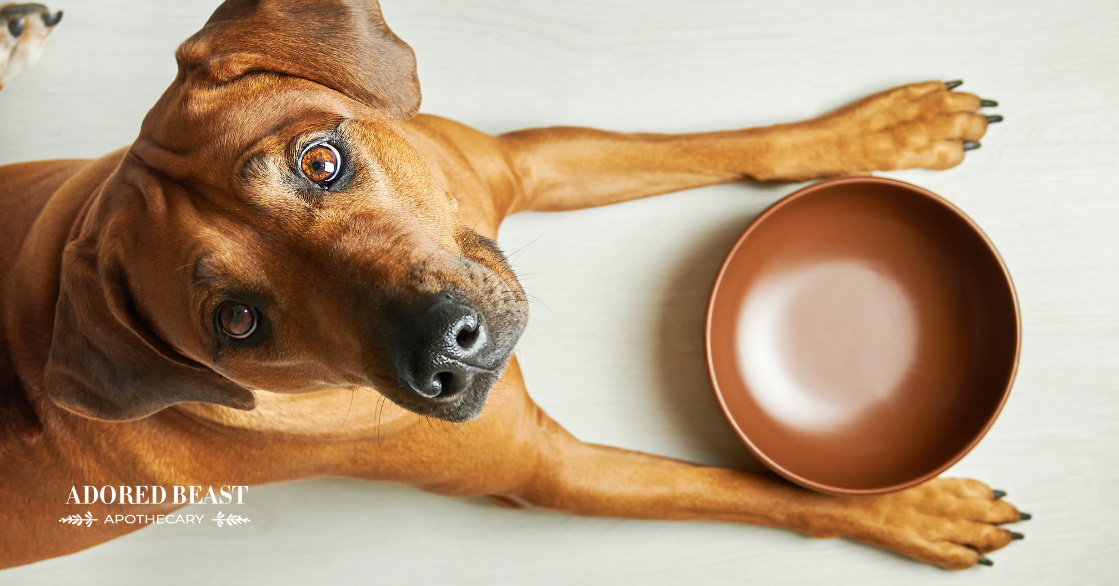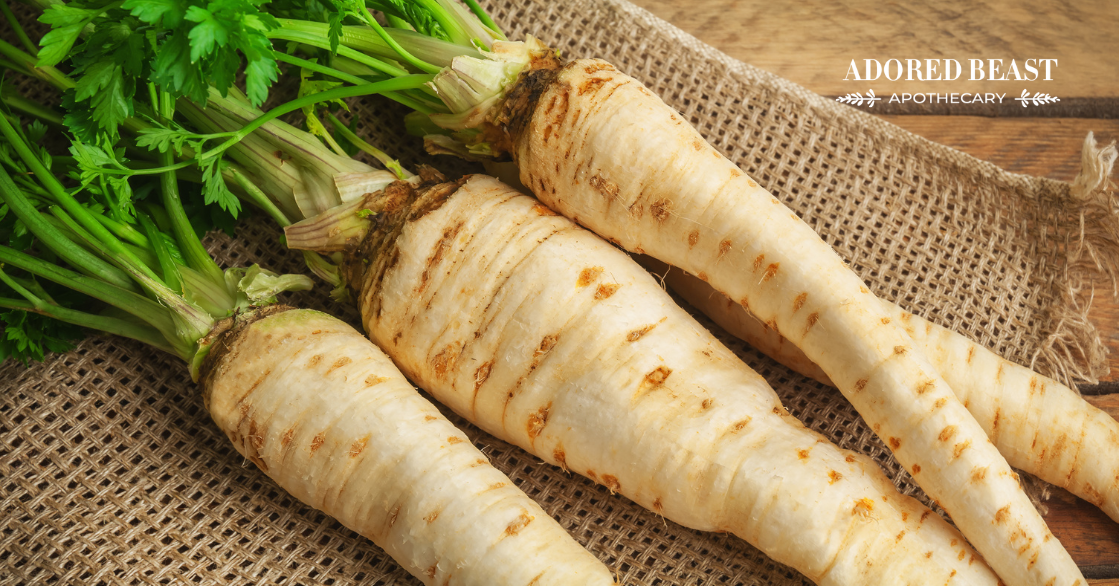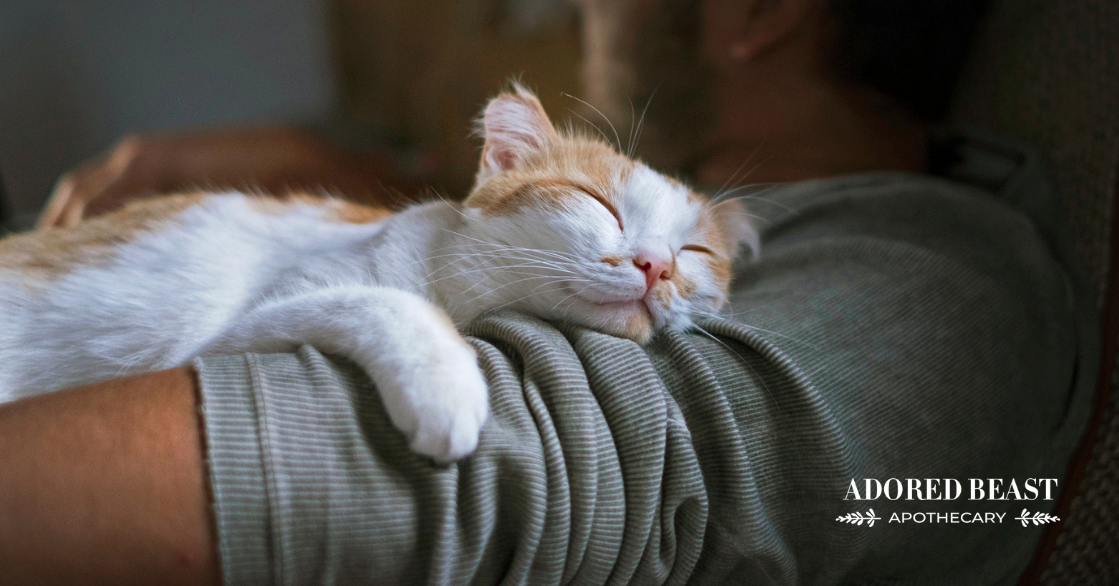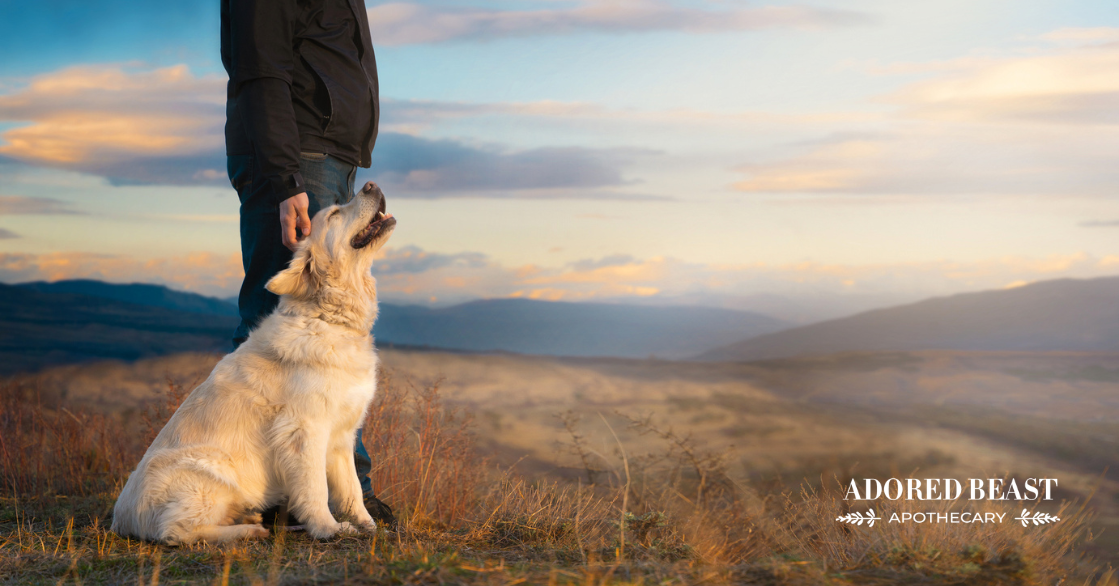Ok, time to be honest: how often do you clean your dog’s bowl?
Every day? Once a week? You can’t remember the last time? Ummm…
Whether you’re a raw feeder or a kibble feeder, it’s always important to give those bowls a good clean. So, how often should you wash dog bowls?
And what’s the best way to do it?
Why You NEED to Wash Dog Bowls
Washing your pet’s food bowl isn’t a gentle suggestion. It’s a LOUD reminder that these bowls need a good cleaning – and probably more often than you might think.
Why?
Well, we’ll start with your dog’s saliva in general. Just like humans, dog mouths are home to over 600 different kinds of bacteria. Don’t worry – these are mainly non-zoonotic bacteria, so they’re harmless.
But bacteria from the environment or your pet’s food can also mix in there. Just like our food bowls, you don’t want that bacteria sitting gathering up.
Whether you feed raw or kibble, bacteria from food, including salmonella and E. coli, can all be lurking in that bowl. And yes – you might say “but my dog’s digestive system is well equipped to handle that bacteria” – and you’d be correct – but that doesn’t mean it’s welcome in your house.
Plus, mold may also lurk in or under your dog’s bowls if they aren’t washed regularly. That’s more than a little gross, not to mention unhealthy…
So, dog bowls can get pretty dirty if they’re left unwashed for a while. But don’t just take our word for it. A study done by the National Sanitation Foundation found that pet bowls are the 4th germiest (yes, we made that word up) item in the average household. (IMPORTANT: That shouldn’t scare you – keep it in perspective. The dirtiest thing in your home is your kitchen sponge or dishrag, the second is your kitchen sink, and the third is your toothbrush holder.)
And while we don’t recommend following the National Sanitation Foundation’s cleaning recommendations (bleach to clean dog food bowls? No thank you!), we do agree that they need a good washing up!
Ok, so we know they need to be cleaned, so how often should you wash dog bowls? And what’s the best way to do it?
Our fearless leader Julie is pretty adamant that a lot of our fear around our dogs’ and cats’ bacteria and ours is so blown out of proportion. She looks at this like “would you want to eat out of a dirty bowl or drink out of a dirty glass?” No, so why would your pet?
How Often Should You Wash Dog Bowls?
How often does the average pet parent wash their pet’s bowl? That’s what a recent study done at the College of Veterinary Medicine at NC State set out to determine. And the results vary widely:
- 22% of pet parents wash dog bowls their dish, on average once a week
- 12% reported washing their dish at least once daily
- 18% reported they wash their dish either less than every 3 months or not at all (eek!)
Now, we’re willing to wager that most of the people surveyed for this were kibble feeders. We believe the majority of pet parents who feed raw do wash food bowls after each use. But even kibble-fed dogs need their bowls washed daily. Just because dry food doesn’t leave the same mess as raw food, it’s just as likely to be contaminated with bacteria. In fact, we’d go as far as to say that the concern of oil debris and rancidity with kibble make kibble even dirtier!
So, how often should you wash dog bowls? The FDA recommends washing food bowls after each use. And we agree.
Every day before each meal (or after, depending on your washing up schedule), wash your dog’s food bowl with hot, (dog-safe) soapy water, then rinse really well. We just wash them alongside our other dishes 🙂
Also, no matter the material, don’t use abrasive scrubbies or sponges or you can scratch the bowls.
Once a week (or more if you want), for an even more through disinfecting, you can run them through the dishwasher as well. This will help kill any lingering germs. The high temps will kill even more bacteria than the water you’re typically washing dishes with will. Julie, who has a whole house full of animals, washes all the pet dishes with the human dishes in the dishwasher.
***Remember – your dog’s bowls are no dirtier than the cutting board you cut chicken on, or the knife you use to cut steak. There’s no more risk with your pet’s raw-food bowls than there is with your own cooking utensils!!
What About the Water Bowl?
Food bowls are one thing, but what about the water bowl? It’s just water, so how dirty can it be, right?
Wrong! Water bowls also need some attention as well.
Have you ever noticed a thick, slimy residue on your dog’s water bowls when you pick them up to wash or refill them. The technical name for this slime is biofilm. Biofilm is a combination of the bacteria from your dog’s mouth and tongue that bind together and stick to the sides of the bowl after your dog licks it. This build-up is just bacteria growing and taking over.
And think about when you drink. You tip the glass, the water goes into your mouth, but nothing goes back in the glass. Now think about when your pet drinks. Inevitably some of their saliva ends up back in the water after they drink, and that mixes with the fresh water. Eventually, it all just becomes backwash – and you don’t want that. Your dog wants (and needs) fresh, clean water.
As you can see, dog water bowls need to be washed just as much as food bowls. Every week – if not every day – make sure to wash them just as you do those food bowls. Julie says even more often for certain dogs. Her Holly’s bowl gets washed a few times a day. If you look at the water in the bowl but it looks more like slime, that’s not fresh water! Give it a wash.
The Bottom Line
Remember, this shouldn’t be something that causes fear. Not at all! It goes without saying your pet’s food and water dishes should be cleaned – and often. Again, wash them as often as you wash your own dishes. Any food left to linger – whether yours or your pet’s – is unsanitary.
How often should you wash dog bowls? It’s simple: any time you use them. By spending just a few minutes a day to keep your dog’s dishes clean, you’re protecting your pet and just being courteous to them! As we mentioned, you wouldn’t want to eat off a dirty plate, and neither do they! Knowing better is doing better!












